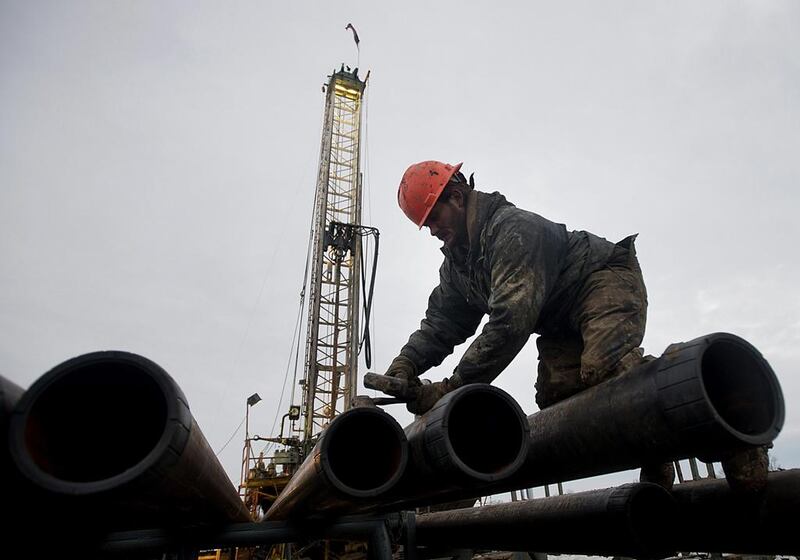Oman crude oil trading on the Dubai Mercantile Exchange (DME) averaged US$105.51 a barrellast year, a fall of nearly $4 against the previous year’s record average annual price.
It was still the third highest Oman value on record, after the 2012 price of $109.30 and $106.65 in 2011.
Oman prices ended the year on a firm footing with the December monthly average on the DME – which is used by Oman and Dubai to set their official selling price (OSP) – at $107.88, compared to $105.97 average price for November. Oman crude for February loading closed at $107.58 on December 31, only a few cents away from the first price of the year back in early January.
Prices in 2013 were generally supported by supply disruptions around the world – particularly Libya – and geopolitical concerns over Syria. More recently, the deteriorating situation in South Sudan underpinned prices, but sporadic falls in production from the likes of Nigeria, Iraq and the North Sea provided strong underlying support.
On the consumption side, the International Energy Agency (IEA) put the global 2013 figure at 91.2 million barrels per day (bpd), up 1.2 million bpd on the year, as improving economic conditions underpinned the demand side.
Looking ahead, the shale oil boom in the United States and Iraq’s plans to further increase output is likely to keep the market well supplied and put a cap on prices, according to a recent Reuters survey.
The survey of industry experts forecast North Sea Brent prices at $103.50 for this year, which would give an implied Oman value of $101.00, based on a differential of $2.50. In addition, the winding down of US economic stimulus in the form of quantitative easing could also have a negative impact on oil prices, according to the survey.
The IEA forecasts that global consumption will grow another 1.2 million bpd this year, with Asia once again the main demand driver. While that may be good news for Middle East producers looking to maintain revenues and the impressive economic growth targets, the boom in US oil production coupled with ongoing debt problems in America and Europe means any upside is likely to be capped.
Paul Young is the head of energy products at Dubai Mercantile Exchange






